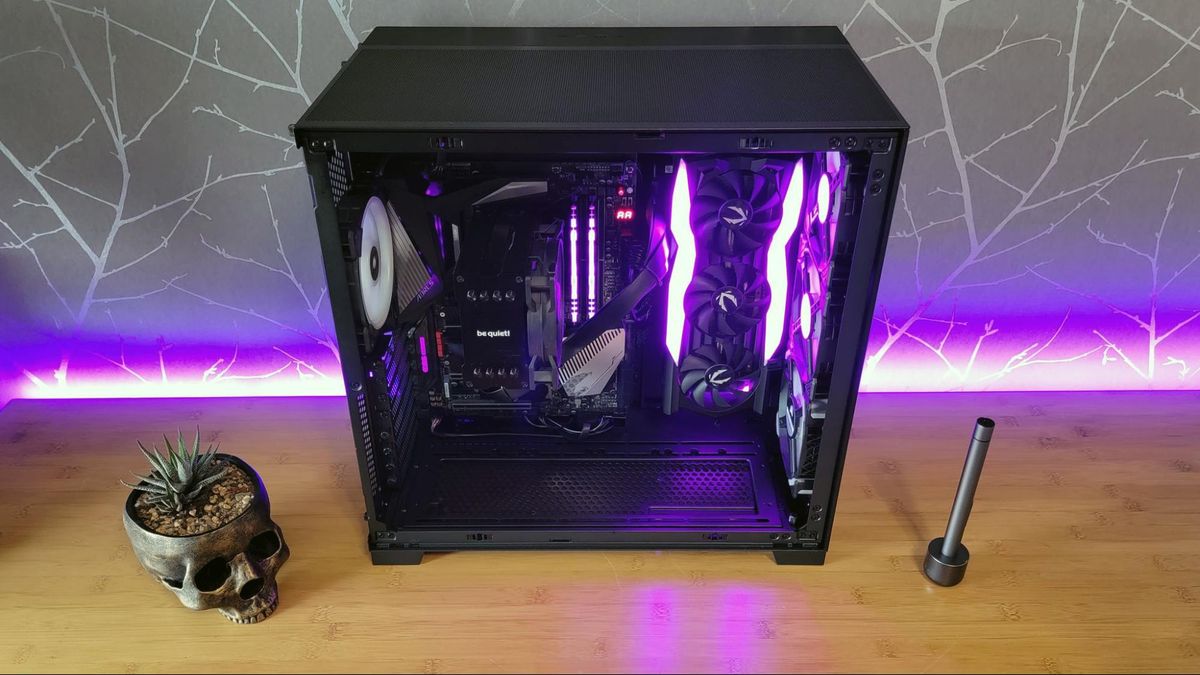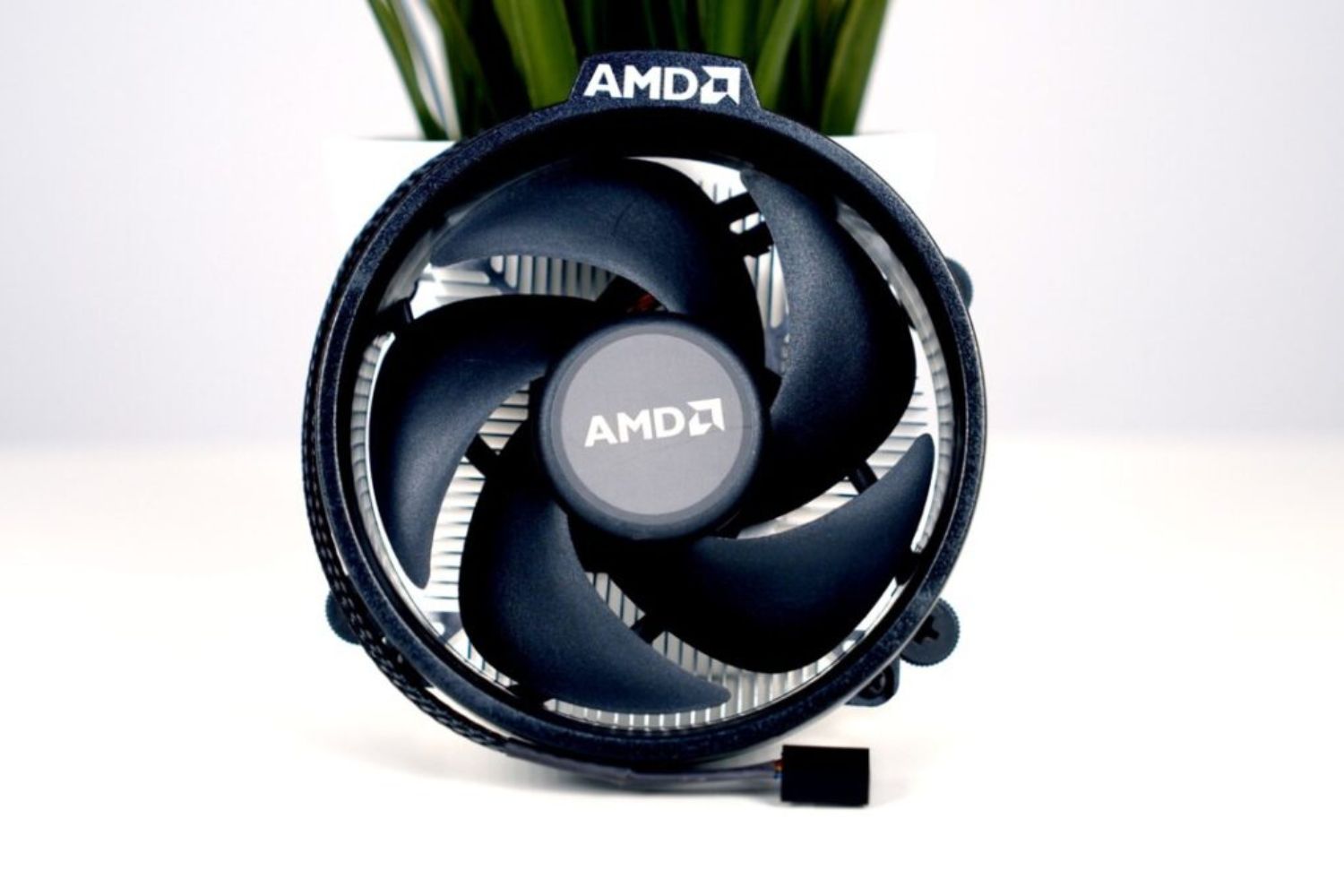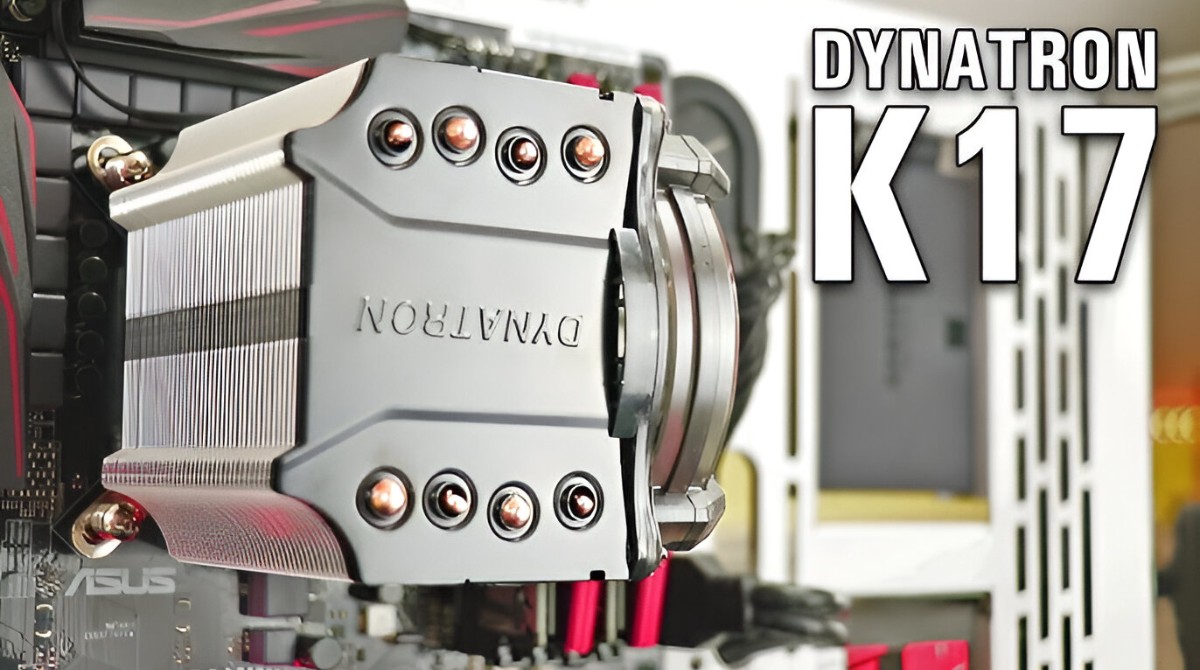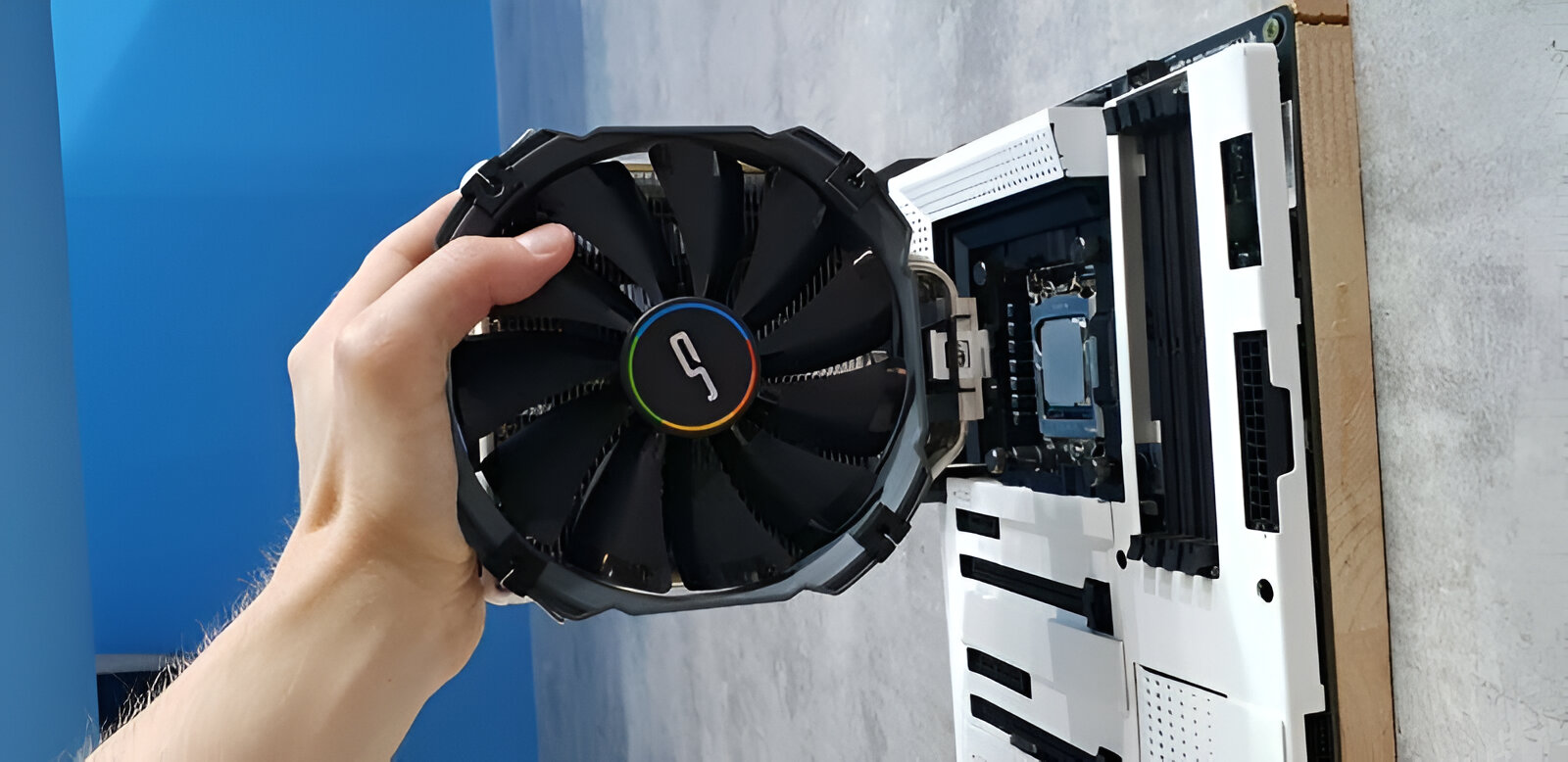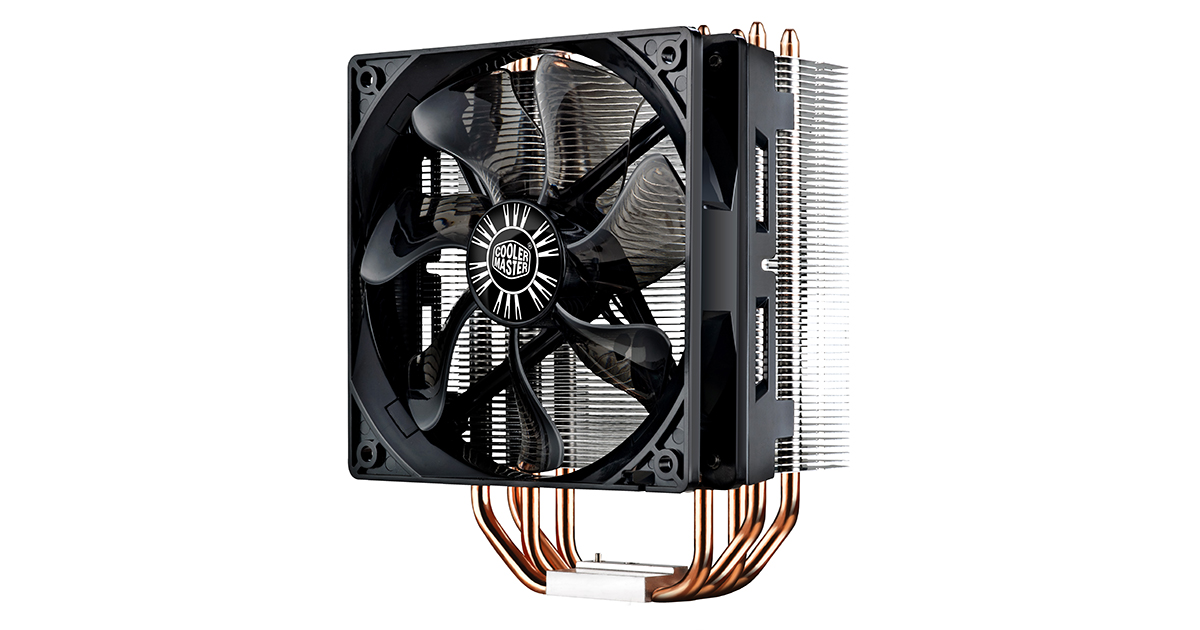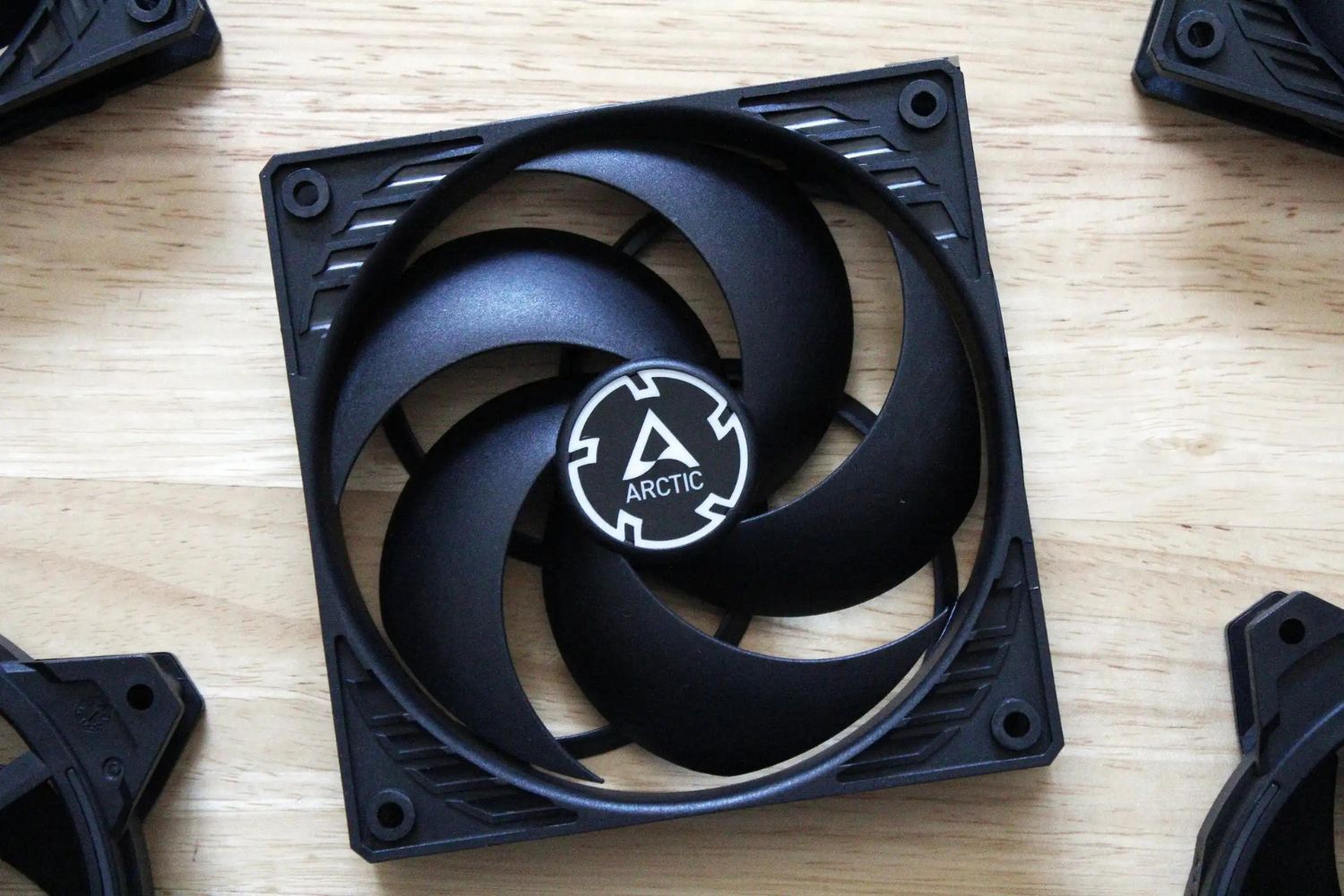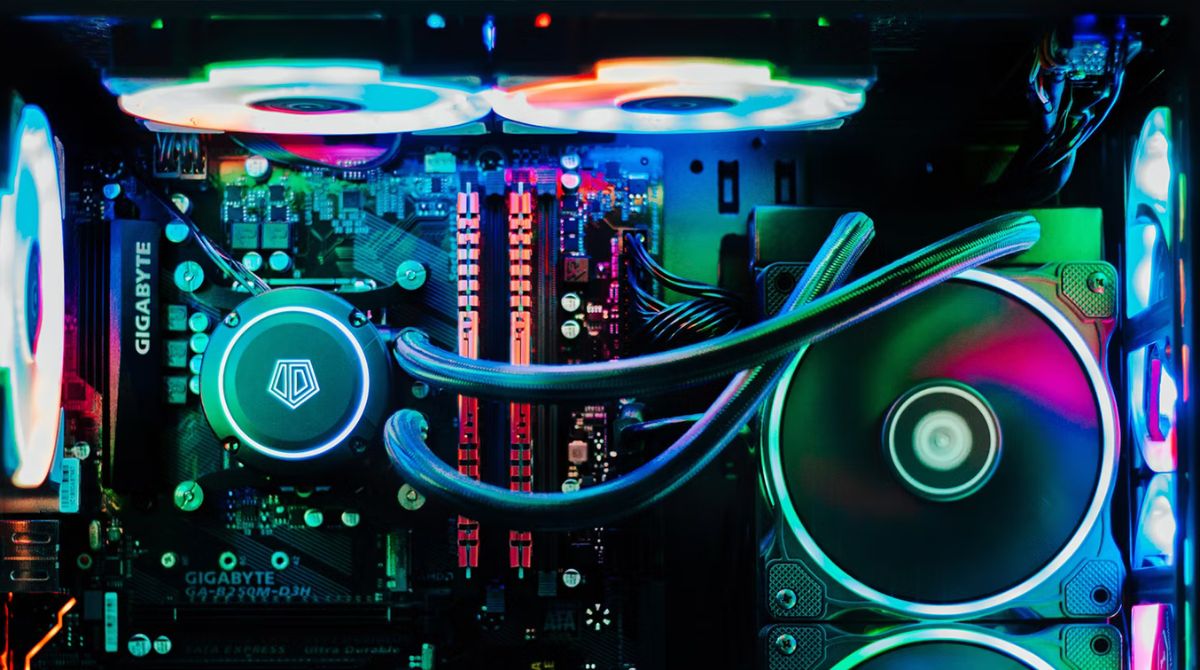Introduction
When it comes to cooling your CPU, a crucial component for maintaining its optimal performance and preventing overheating is the CPU cooler. The CPU cooler consists of various parts, including heat sinks and fans. However, one question that often arises is: which way should the fan be placed on a CPU cooler?
The positioning of the fan in a CPU cooler plays a vital role in determining the airflow direction and ultimately affects the cooling efficiency of the system. The direction of the airflow can have a significant impact on the overall temperature of the CPU and other internal components.
In this article, we will delve into the importance of the fan in a CPU cooler and explore the benefits of placing the fan both towards and away from the CPU. Additionally, we will discuss the factors to consider when deciding on the placement of the fan.
Whether you are an avid gamer, a professional video editor, or simply a computer enthusiast, understanding how to optimize the cooling of your CPU is essential for maintaining system performance and longevity. So, without further ado, let’s dive into the world of CPU cooler fan placement!
The Function of a Fan in a CPU Cooler
A fan is a crucial component of a CPU cooler, working in tandem with the heat sink to dissipate heat generated by the CPU. The primary function of the fan is to move the surrounding air, facilitating heat transfer from the CPU to the heat sink. Without proper airflow, the CPU can quickly overheat, leading to performance issues, instability, and even permanent damage to the hardware.
The fan draws cool air from the surroundings and directs it towards the heat sink, which consists of numerous fins. As the air passes through these fins, it absorbs the heat generated by the CPU, effectively cooling it down. The heated air is then expelled from the system, making way for fresh, cool air to enter. This continuous cycle ensures that the CPU remains within safe operating temperatures, allowing it to function optimally even during demanding tasks.
The size and speed of the fan, measured in millimeters (mm) and revolutions per minute (RPM) respectively, also play a crucial role in its functionality. Larger fans are capable of moving more air with less noise, while higher RPM fans provide greater cooling capacity but are generally noisier. Strike a balance between these factors to achieve the desired cooling performance without compromising on noise levels.
Additionally, modern CPU coolers often come equipped with advanced technologies such as fan control systems and PWM (Pulse Width Modulation) support. These features allow for dynamic control of fan speeds based on CPU temperature, further optimizing the cooling process and reducing unnecessary noise levels during low-load situations.
In summary, the fan in a CPU cooler acts as a vital component in maintaining optimal CPU temperatures by moving cool air over the heat sink, absorbing and dissipating the heat produced by the CPU. With the right fan size, speed, and control capabilities, you can ensure efficient cooling performance, leading to improved system stability and longevity.
Determining the Airflow Direction
When it comes to placing the fan on a CPU cooler, one crucial aspect to consider is the direction of the airflow. The direction in which the fan blows air can significantly impact the cooling efficiency of the CPU cooler and the overall system. Two common configurations are facing the fan towards the CPU or facing it away from the CPU. Let’s explore the benefits of each configuration:
Facing the fan towards the CPU: In this configuration, the fan blows air towards the CPU. This setup is commonly known as a “push” configuration. The primary advantage of this orientation is the direct airflow over the CPU and surrounding components. The fan pushes cool air onto the heat sink and facilitates efficient heat transfer, resulting in lower CPU temperatures. This configuration is particularly beneficial when the CPU generates significant amounts of heat or when overclocking to achieve higher performance levels.
Facing the fan away from the CPU: Alternatively, the fan can be positioned to blow air away from the CPU, commonly known as a “pull” configuration. In this setup, the fan pulls cool air from outside the case, across the heat sink, and exhausts it out of the system. While the cooling performance may be slightly lower compared to the push configuration, this setup can still effectively dissipate heat and maintain acceptable CPU temperatures. One advantage of the pull configuration is that it can help remove warm air from the surrounding components, improving overall system airflow.
Ultimately, the choice of the airflow direction depends on several factors, including the CPU’s heat dissipation capabilities, the specific CPU cooler design, and the overall case airflow. It is important to take into account these variables and assess which orientation best suits your system’s requirements.
Keep in mind that no matter the airflow direction, it is crucial to ensure proper ventilation and airflow within the case. Clear any obstructions that may hinder the fan’s ability to draw in cool air or expel hot air. Regularly clean the CPU cooler and fans to prevent dust buildup, as it can reduce their effectiveness in cooling the system.
By carefully considering the right airflow direction and maintaining proper ventilation, you can optimize the cooling performance of your CPU cooler and preserve the stability and longevity of your system.
Benefits of Facing the Fan Towards the CPU
When it comes to fan placement in a CPU cooler, positioning the fan to face towards the CPU offers several advantages. Let’s explore the benefits of this configuration:
1. Direct Cooling: By facing the fan towards the CPU, the airflow is directed straight onto the heat sink, providing direct cooling to the CPU. This setup maximizes the efficiency of heat dissipation, resulting in lower CPU temperatures. It is particularly beneficial for CPUs that generate a significant amount of heat or when pushing the performance boundaries through overclocking.
2. Improved Heat Transfer: The direct airflow helps to enhance the heat transfer process from the CPU to the heat sink. As the fan blows air over the heat sink’s fins, it rapidly absorbs and dissipates the heat, preventing it from being trapped near the CPU. This efficient heat transfer ensures that the CPU remains at optimal operating temperatures, allowing it to perform tasks without any thermal throttling.
3. Enhanced Stability and Performance: By keeping the CPU at lower temperatures, facing the fan towards the CPU helps maintain system stability. Cooler CPUs are less prone to performance degradation caused by high temperatures, ensuring consistent and reliable performance even during demanding tasks like gaming or resource-intensive applications.
4. Efficient Cooling in Compact Cases: If you have a compact case with limited airflow, facing the fan towards the CPU becomes even more crucial. The direct airflow helps to concentrate cooling on the CPU, compensating for the restricted airflow in the cramped space. This configuration can effectively dissipate heat and prevent thermal buildup that can lead to system instability.
5. Effective for Liquid Cooling Radiators: In liquid cooling setups, where a radiator is used to dissipate heat, facing the fan towards the CPU is essential. The fan blows cool air onto the radiator, allowing it to efficiently disperse the heat collected from the CPU. This configuration optimizes the cooling performance of liquid cooling systems, resulting in improved overall temperatures.
It is important to note that even with these benefits, the overall cooling performance depends on various factors such as the quality of the CPU cooler, the fan speed, and the room temperature. Additionally, regularly monitoring temperatures and adjusting fan speeds or considering additional cooling solutions may be necessary for extreme overclocking or in situations where the CPU generates excessive heat.
By facing the fan towards the CPU, you can enjoy the advantages of direct cooling, improved heat transfer, enhanced stability, and optimal performance. Consider this placement if you have a high-performance system or if you need efficient cooling in compact cases or liquid cooling setups.
Benefits of Facing the Fan Away from the CPU
While facing the fan towards the CPU is a common configuration, there are situations where positioning the fan to face away from the CPU can offer certain benefits. Let’s explore the advantages of this fan placement:
1. Improved Overall System Airflow: When the fan is positioned to blow air away from the CPU, it helps to remove warm air generated by the CPU and other components near the heat sink. This configuration aids in maintaining a consistent and efficient overall system airflow. By expelling hot air efficiently, it can help prevent heat buildup in the case and improve the cooling performance of other components.
2. Effective Cooling for Memory and VRM Area: By facing the fan away from the CPU, the airflow can be redirected to effectively cool other areas of the motherboard, such as the memory modules and voltage regulator module (VRM). These components can generate heat during intense tasks, and directing airflow towards them can help regulate their temperatures and improve overall system stability.
3. Quieter Operation: In some cases, facing the fan away from the CPU can result in quieter operation. Since the fan is pulling air through the heat sink and expelling it out of the case, it may require less fan speed to achieve efficient cooling. Lower fan speeds generally result in reduced noise levels, making this setup desirable for those who prioritize a quieter computing experience.
4. Reduced Risk of Dust Accumulation: When the fan blows air away from the CPU, it can help prevent dust and debris from accumulating on the heat sink and fan blades. Dust buildup can obstruct airflow and reduce cooling efficiency over time. By facing the fan away from the CPU, you can minimize the risk of dust buildup, leading to improved long-term performance and reliability.
5. Compatibility with Space Constraints: In systems with limited space around the CPU area, facing the fan away from the CPU can provide better compatibility with other components, such as large RAM heatsinks or nearby graphics cards. This configuration allows for easier installation and ensures that the fan does not interfere with these components, maximizing compatibility and airflow.
It is important to note that facing the fan away from the CPU may result in slightly higher CPU temperatures compared to facing it towards the CPU. Therefore, it is essential to assess your system’s specific requirements and consider the cooling capabilities of your CPU and cooler before opting for this configuration. Additionally, ensuring proper case ventilation and overall system cooling play a critical role in maximizing the benefits of this setup.
By facing the fan away from the CPU, you can benefit from improved overall system airflow, efficient cooling for other components, quieter operation, reduced dust accumulation, and better compatibility in space-constrained systems. Evaluate your system’s needs and components to determine if this configuration is the right choice for you.
Factors to Consider in Fan Placement
When deciding on the placement of the fan in a CPU cooler, several factors should be taken into consideration. These factors can greatly affect the cooling performance and overall efficiency of the system. Let’s explore the key considerations:
1. CPU Cooler Design: The design of the CPU cooler itself plays a significant role in determining the ideal fan placement. Different CPU cooler models may have specific recommendations or restrictions regarding fan orientation. It is crucial to consult the manufacturer’s guidelines or product documentation to ensure optimal fan placement for your specific CPU cooler model.
2. Case Airflow: The overall airflow within the computer case is an essential factor to consider. Proper case ventilation is vital for dissipating heat effectively. Assess the airflow dynamics in your case, including the placement of other fans, the location of vents, and any obstructions that may affect airflow. Fan placement should complement the existing airflow pattern to ensure efficient heat dissipation.
3. Case Size and Clearance: The size and clearance of the case can impose limitations on fan placement. In compact cases, clearance between the CPU cooler and adjacent components may restrict the orientation of the fan. Ensure that the chosen fan placement does not obstruct other components or cause interference, and allows for sufficient airflow to the CPU cooler.
4. System Usage and Heat Load: Consider your system’s usage scenarios and intended workload. CPUs with high operating frequencies or overclocked settings tend to generate more heat and require enhanced cooling. If you engage in resource-intensive tasks such as gaming, content creation, or video editing, it may be beneficial to prioritize fan placement that provides maximum cooling capacity to maintain optimal CPU temperatures.
5. Noise Considerations: The noise generated by the fan can be a significant factor to consider, especially for users who value a quieter computing experience. Different fan orientations can produce varying levels of noise, depending on factors such as fan speed, bearing type, and case design. Balancing performance needs with noise considerations ensures an optimal combination for your specific requirements.
6. Upgradability: If you plan to upgrade your system in the future, consider the potential impact on fan placement. Components such as large CPU coolers, taller RAM modules, or additional expansion cards may require adjustments to fan placement. Understanding the upgrade potential of your system helps you make informed decisions and allows for better compatibility in the long run.
By carefully considering these factors, you can select the most appropriate fan placement that aligns with your specific CPU cooler, case airflow, system usage, and noise preferences. It is recommended to experiment and monitor temperatures when making changes to fan orientation, ensuring that the chosen configuration provides optimal cooling capacity for your system’s needs.
Conclusion
When it comes to optimizing the cooling performance of your CPU, the placement of the fan in the CPU cooler plays a crucial role. The direction in which the fan blows air—whether towards or away from the CPU—can significantly impact the system’s overall cooling efficiency and stability.
By facing the fan towards the CPU, you can benefit from direct cooling, improved heat transfer, enhanced stability, and optimal performance. This configuration is particularly advantageous for CPUs that generate substantial amounts of heat, during overclocking, or in compact cases with restricted airflow.
On the other hand, facing the fan away from the CPU can provide benefits like improved overall system airflow, effective cooling for other components, quieter operation, reduced dust accumulation, and better compatibility with space-constrained systems.
Choosing the right fan placement depends on various factors including CPU cooler design, case airflow, system usage, noise considerations, case size, and upgradeability. It is vital to assess these factors and find a balance that meets your specific requirements and preferences.
Remember to maintain proper case ventilation, regularly clean the CPU cooler and fans, and monitor temperatures to ensure optimal cooling performance over time. Additionally, consult the manufacturer’s guidelines for your specific CPU cooler model to understand any specific recommendations or restrictions for fan placement.
In conclusion, selecting the appropriate fan placement in your CPU cooler is essential for maintaining optimal temperatures, system stability, and performance. By considering the various factors discussed in this article, you can make an informed decision and achieve efficient cooling for your CPU, promoting a smoother and more reliable computing experience.







